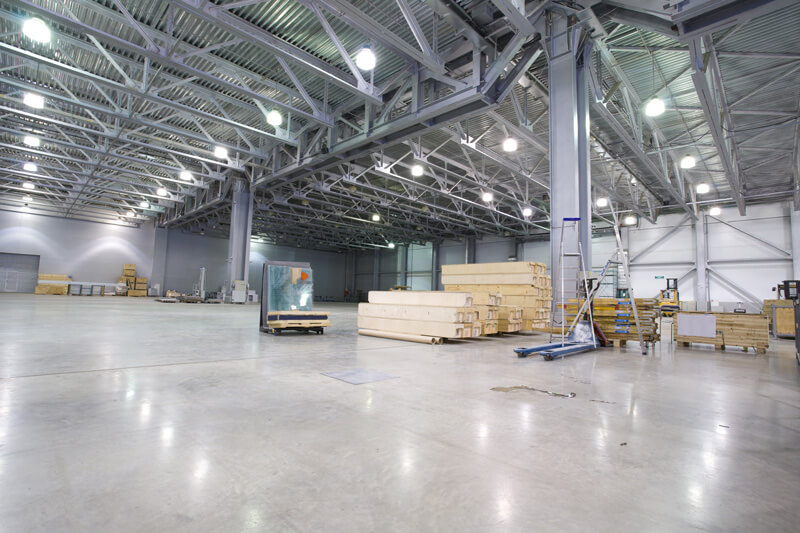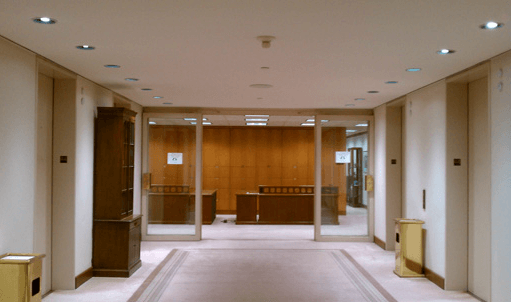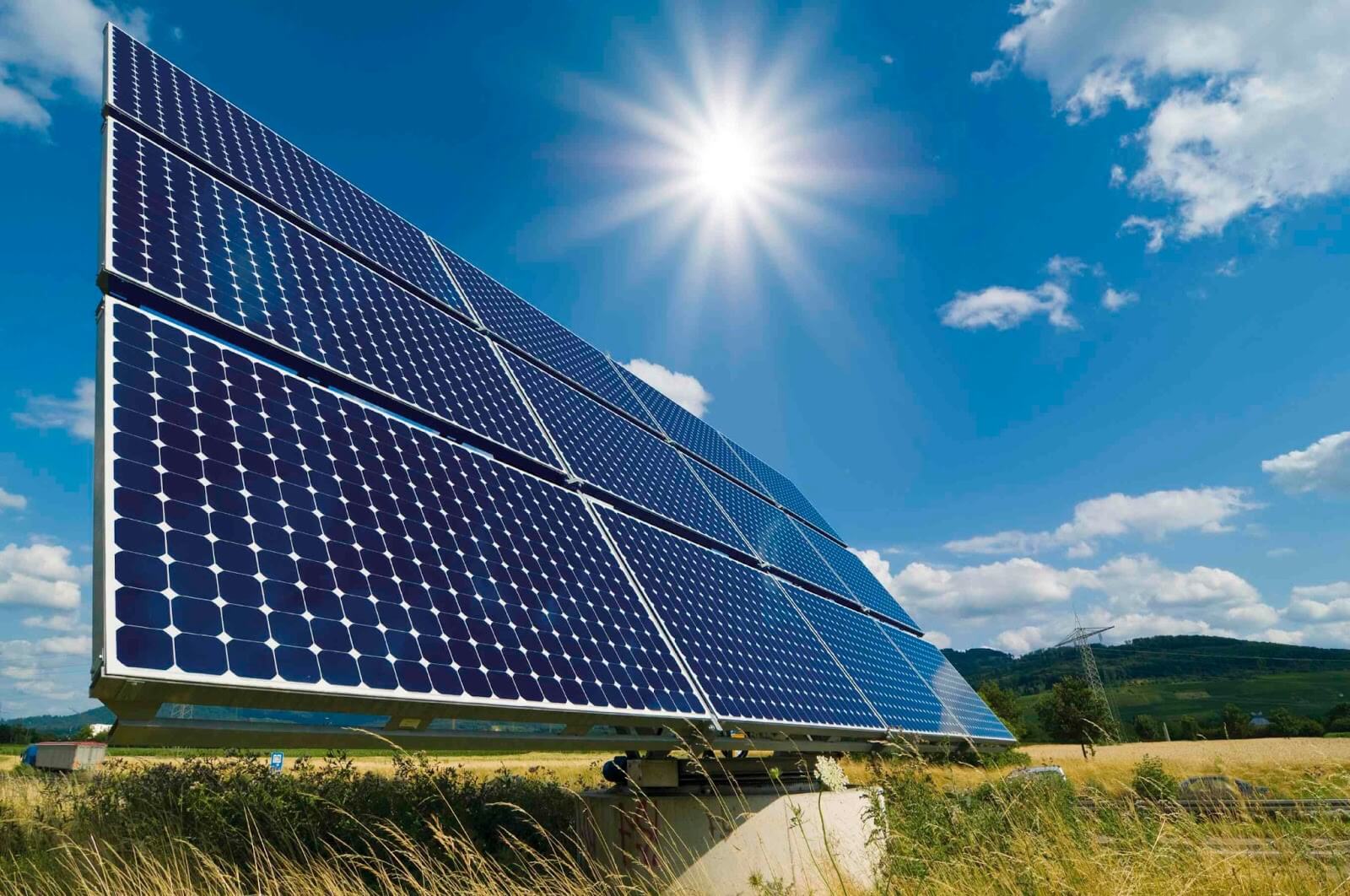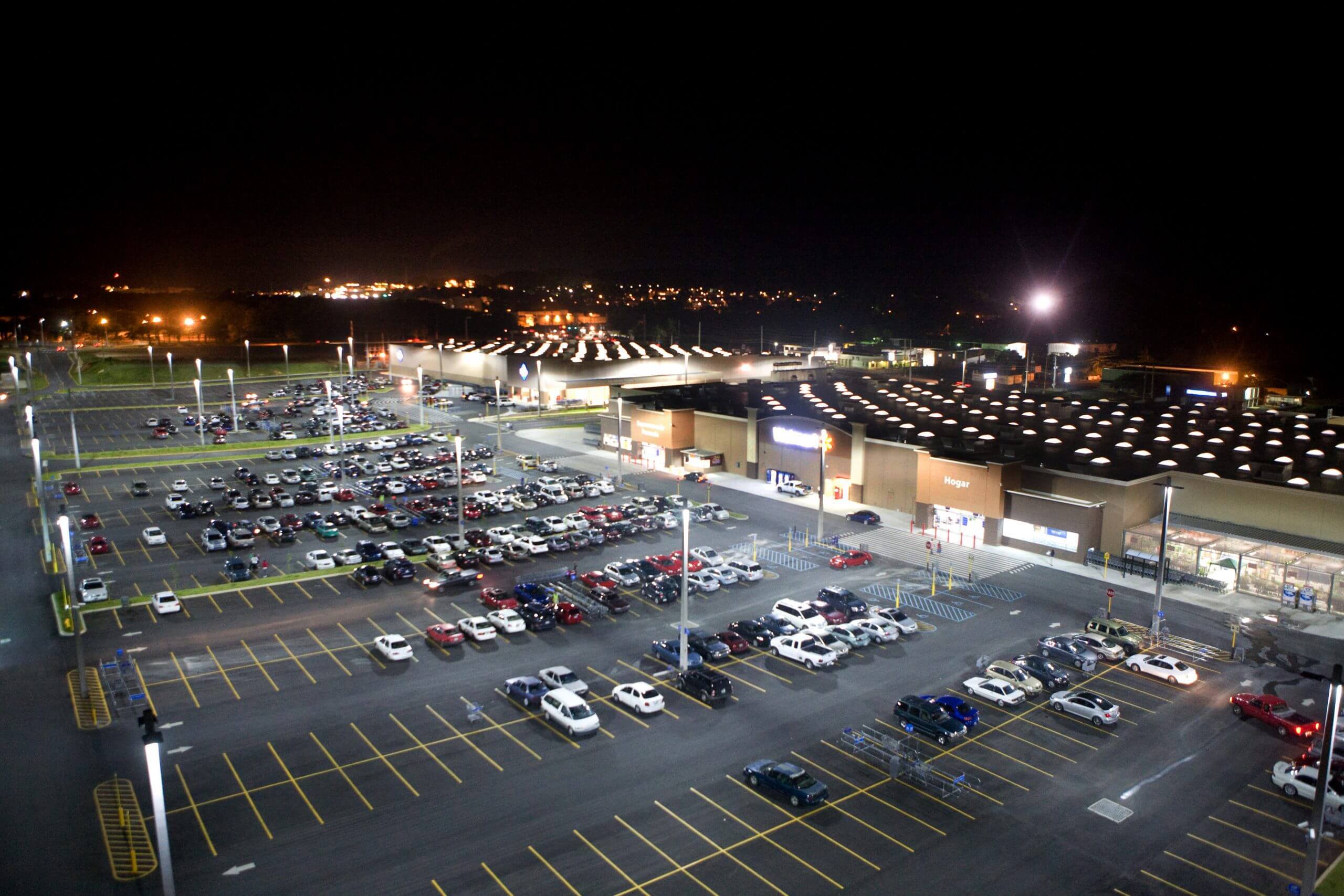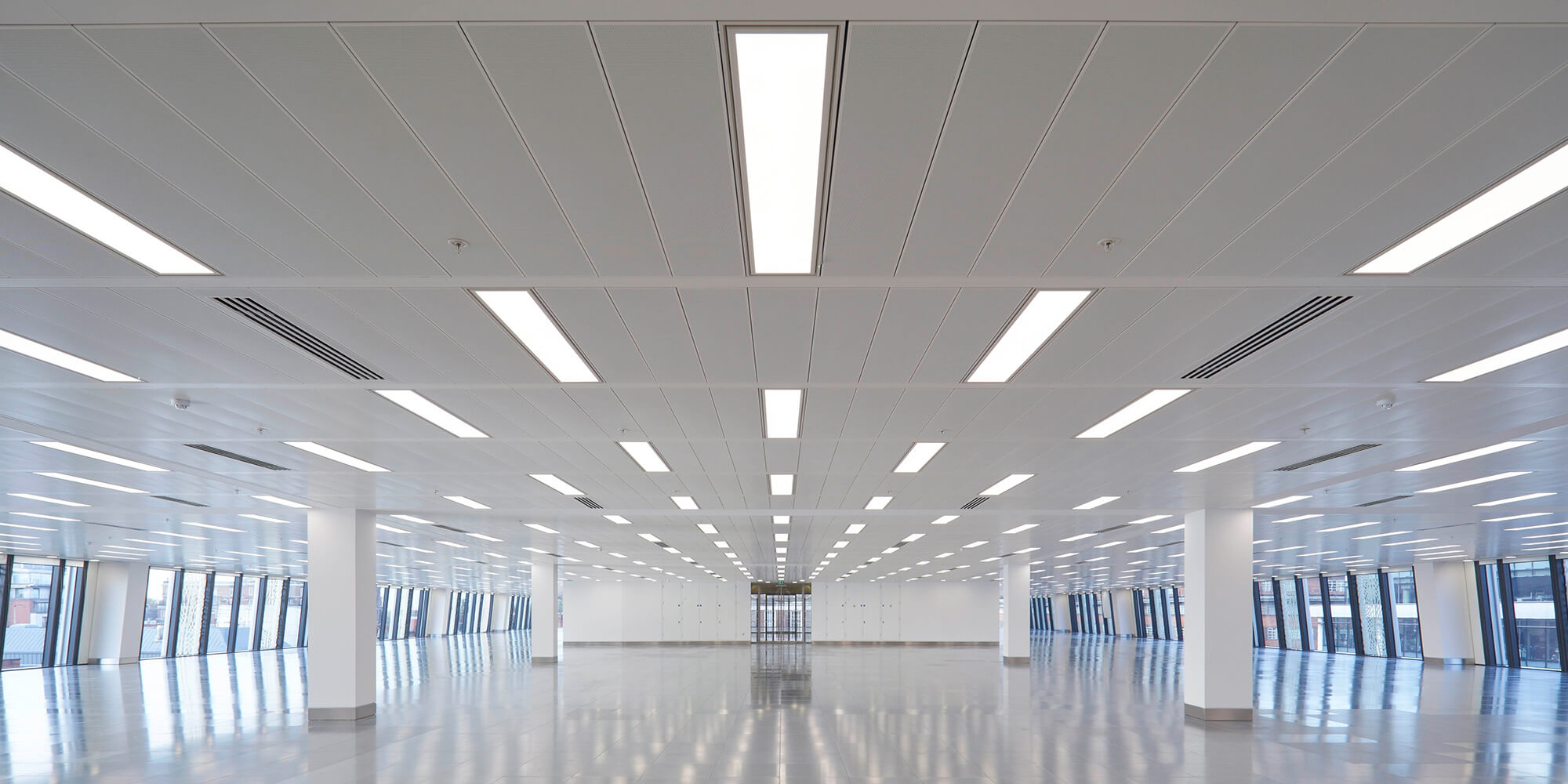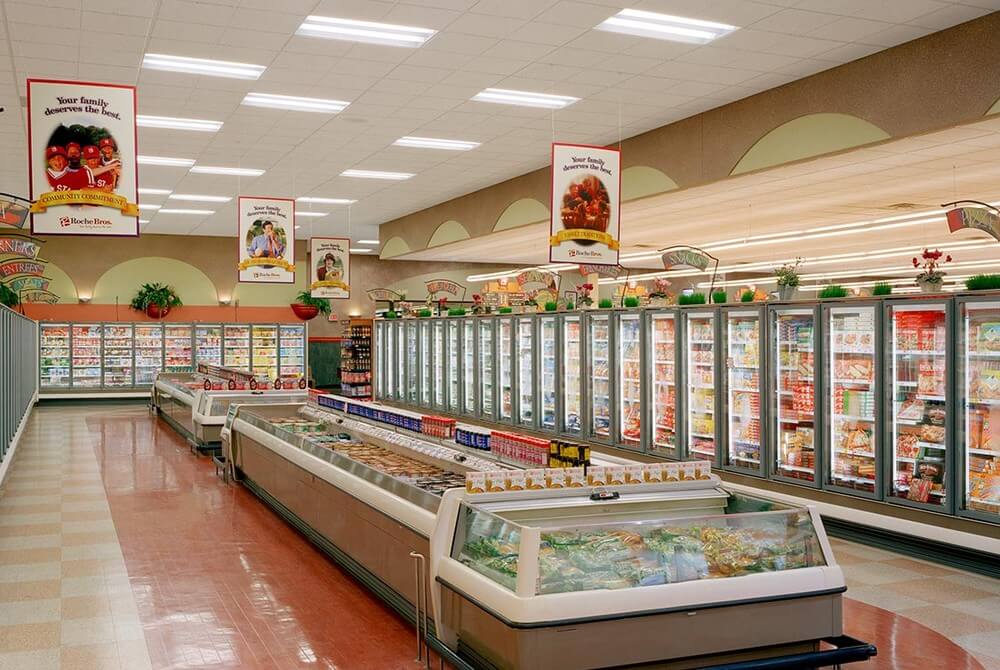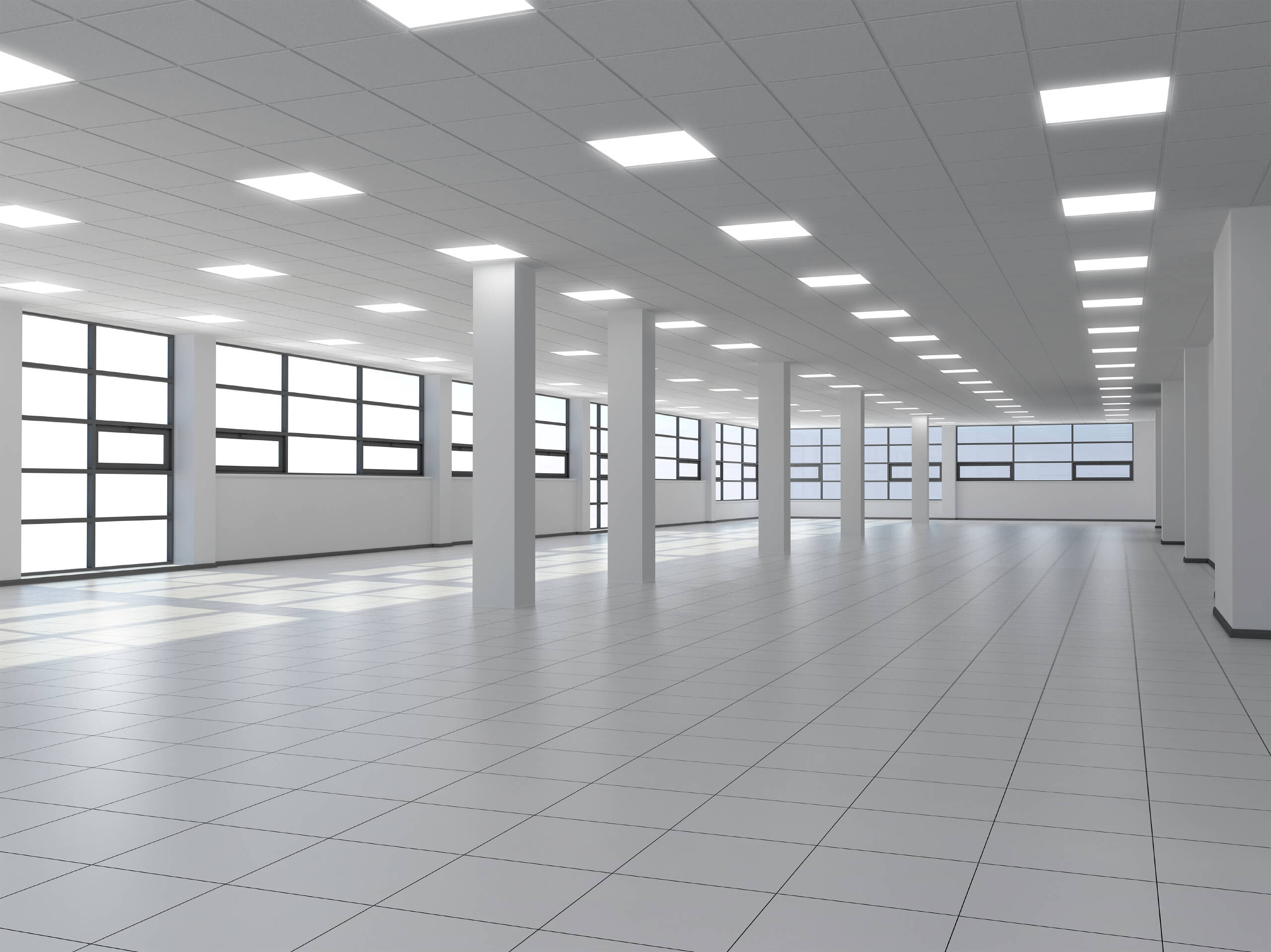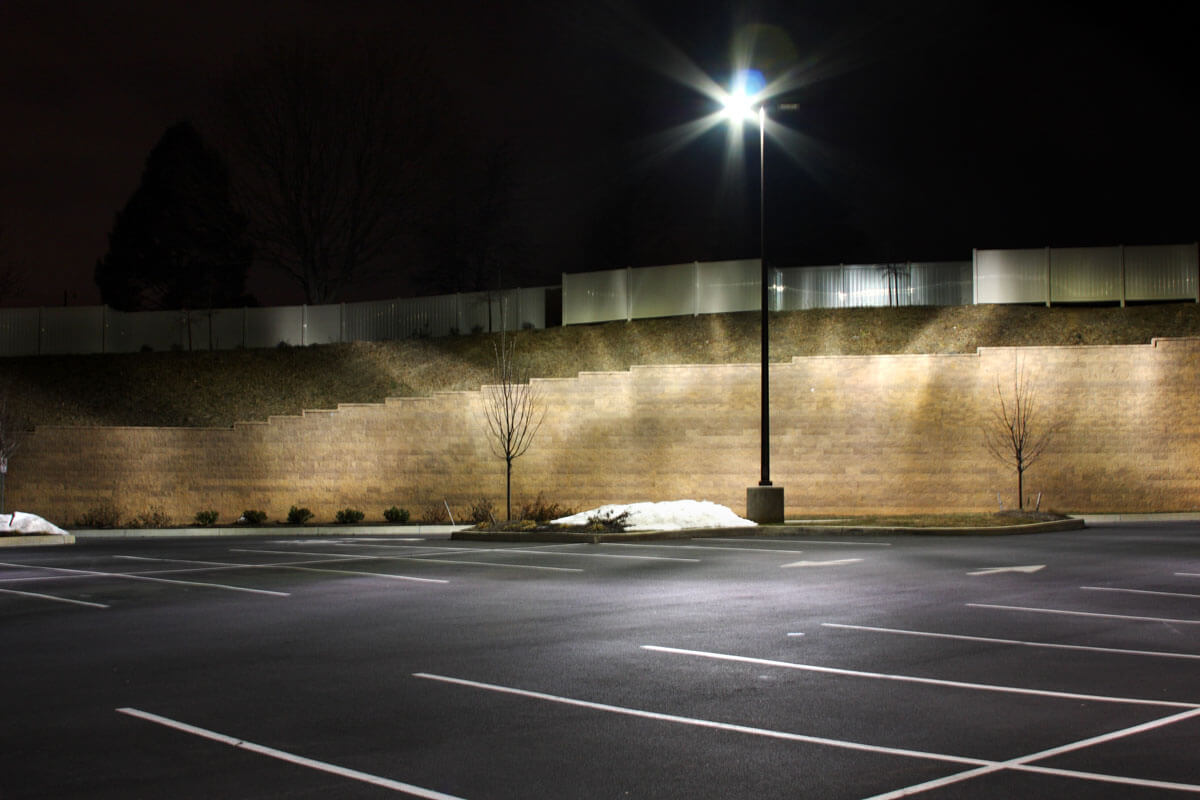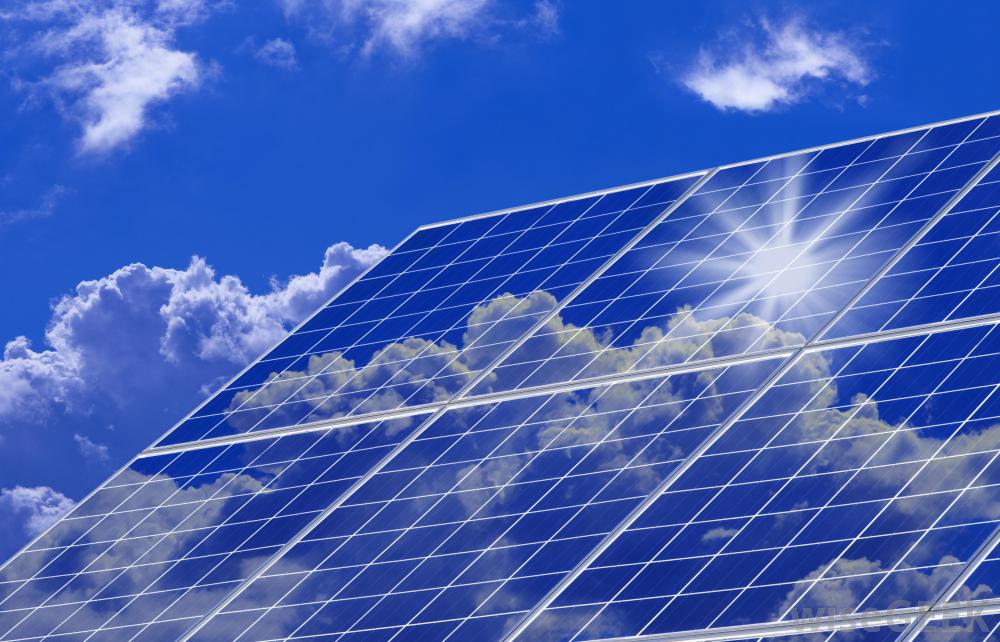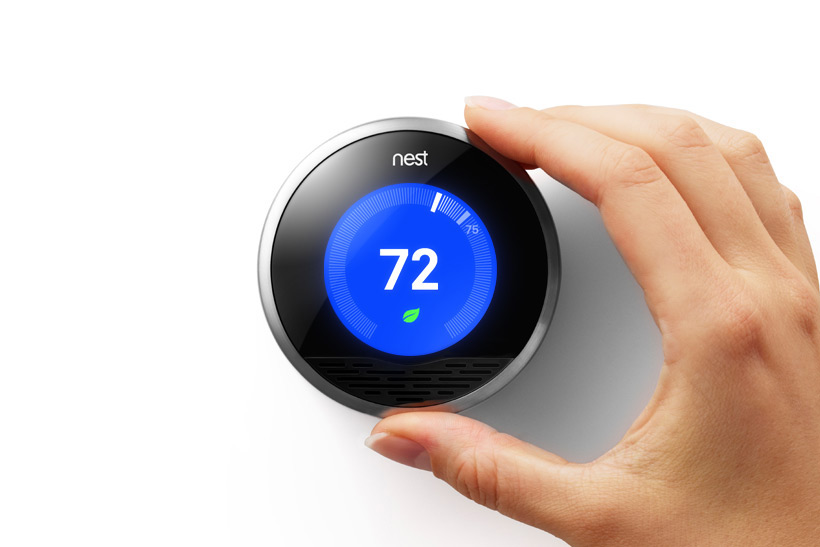Warehouse operation can make or break a business. For many companies, it’s the bottleneck that slows down their customer fulfillment process. Therefore the warehouse manager should exploit every opportunity to improve warehouse productivity. One such opportunity is LED lighting. Here are three reasons to change your warehouse lighting to LEDs:
Emits a Fuller Spectrum of Light
LED lighting is similar to daylight except that it doesn’t have the harmful UV levels of sunlight. LED light is white and brighter per watt consumed than other commonly used lighting. This is particularly important in a warehouse environment because product picking errors are costly in terms of customer returns and lost business. A well illuminated warehouse is important for avoiding injuries where forklifts and workers on foot work side by side.
Increases Worker Productivity
LED lighting contains a blue light component that improves mental alertness in the same way as exposure to natural sunlight. This is an important consideration if you wish to boost the productivity of night shifts. The body’s circadian rhythm is cued by the presence or absence of the blue component of sunlight. Blue light signals the body that it’s daytime and triggers wakefulness, while its absence signals nighttime and triggers drowsiness. This effect of LEDs can potentially reduce night shift accidents.
Easily Used In “Smart Lighting”
LEDs are easily used with motion sensors and timers that can dim or turn them off in warehouse areas not being used. Unlike many other types of lighting, LEDs are readily dimmed, brightened, and turned on or off without their damage or reducing their operational life. They don’t require warm up periods, which means they turn on instantly. When combined with the low energy consumption of LEDs, smart lighting substantially lowers your warehouse lighting costs.

